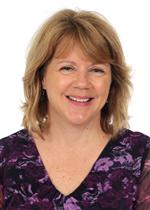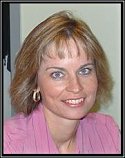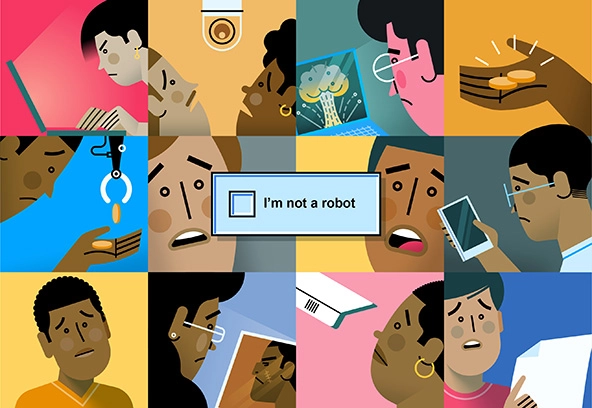Spotlight On: Our School Nurses
About 11.2 million students every year are prone to developing an emotional, physical, developmental, or a behavioral condition, according to the The National Survey of Children with Special Healthcare Needs. These symptoms often appear through physical ailments, which lead students into nurses’ offices rather than the guidance counselor’s office. Unfortunately, some schools in the nation do not have school nurses, much less three nurses for each part of the building. The Cherokee Nurses are not only a perk to Cherokee’s schooling experience, but a vital part of a student’s education.

According to the National Association of School Nurses, “school nursing is a specialized practice of nursing that advances the well-being, academic success, and lifelong achievement and health of students.” On this premise, the Cherokee nurses “see the value in the big picture”, simply put by Mrs. Golden, the North nurse, which is different than a doctor, who cures and prevents diseases. At Cherokee, the nurses work closely with the athletic trainer to compare gym and sports injury records, while also borrowing the athletic trainer’s expertise in sprains and ligament tears. The nurses also need to “juggle so many balls” as Mrs. Golden comments, from giving medication to fixing injuries. She recounts a time when a student walked in with a fork prong stuck in their tonsil after eating a salad during lunch. The student remained calm despite the disgusting visibility of it through the skin. Mrs. Golden quickly overcame the abnormality of the situation and called the parents to send him to the emergency room. Additionally, Cherokee nurses are also responsible for all people in the building, not just students. This is where the nurses interact with the rest of the staff. Mr. Petragnani observes that “they are always very kind and are clearly worried first and foremost about the students.”

Beyond their job, the nurses have lives. Mrs. Golden, the North nurse, has always wanted to be a “candy striper” or a hospital nurse. Her inspiration comes from her mother, who always wanted to become a nurse, but could not. With her family, Mrs. Golden jokingly comments that her children think they “have to be unconscious to go to the ER”. Mrs. Malloie, the nurse who switches from North to South and vice-versa, has always loved kids. Mrs. Malloie worked in the Intensive Care unit for 7 years before switching to school nursing due to the long and intense hours of work (and decreased time spent with her children). Senior Jamie Bowne comments that “she strives to be her most kind and helpful self in all aspects of her life.” Bowne remarks that Mrs. Malloie, the advisor of GSA club, “accepted all with open arms and was incredibly understanding and open minded.” Mrs. Ghaly, the South nurse, recalls the moment when her interest peaked in nursing. In her high school gym class, Mrs. Ghaly would always get hurt, especially because she was the only girl participating in the games. It was then, while talking to the nurse and applying an ice pack, she discovered her love for nursing. Her daughter, Cecilia Ghaly, says “I personally have never heard a negative review about her. I’m sure no one is in a rush to tell me they don’t like my mom, but when people hear that she is ‘the short haired brunette nurse in South,’ they always seem to have positive reactions.”

The professionalization of nurses first became mainstream in the late 19th century. Nursing has since evolved into an independent discipline, rather than a doctor’s assistant, and has come to include men. The Cherokee nurses encapsulate this evolution through their work ethic and helpfulness. With their experience, they advise students aspiring to become nurses to take science classes beyond the requirements, and also shadow or volunteer at a hospital to make sure they can tolerate the stress. In the future, Mrs. Malloie and Mrs. Golden predict that the advancing technology will be like a double-edged sword. As Mrs. Malloie explains, “the babies they [nurses] saved are [going to be the] new…kids [attending] school with complicated issues.”









